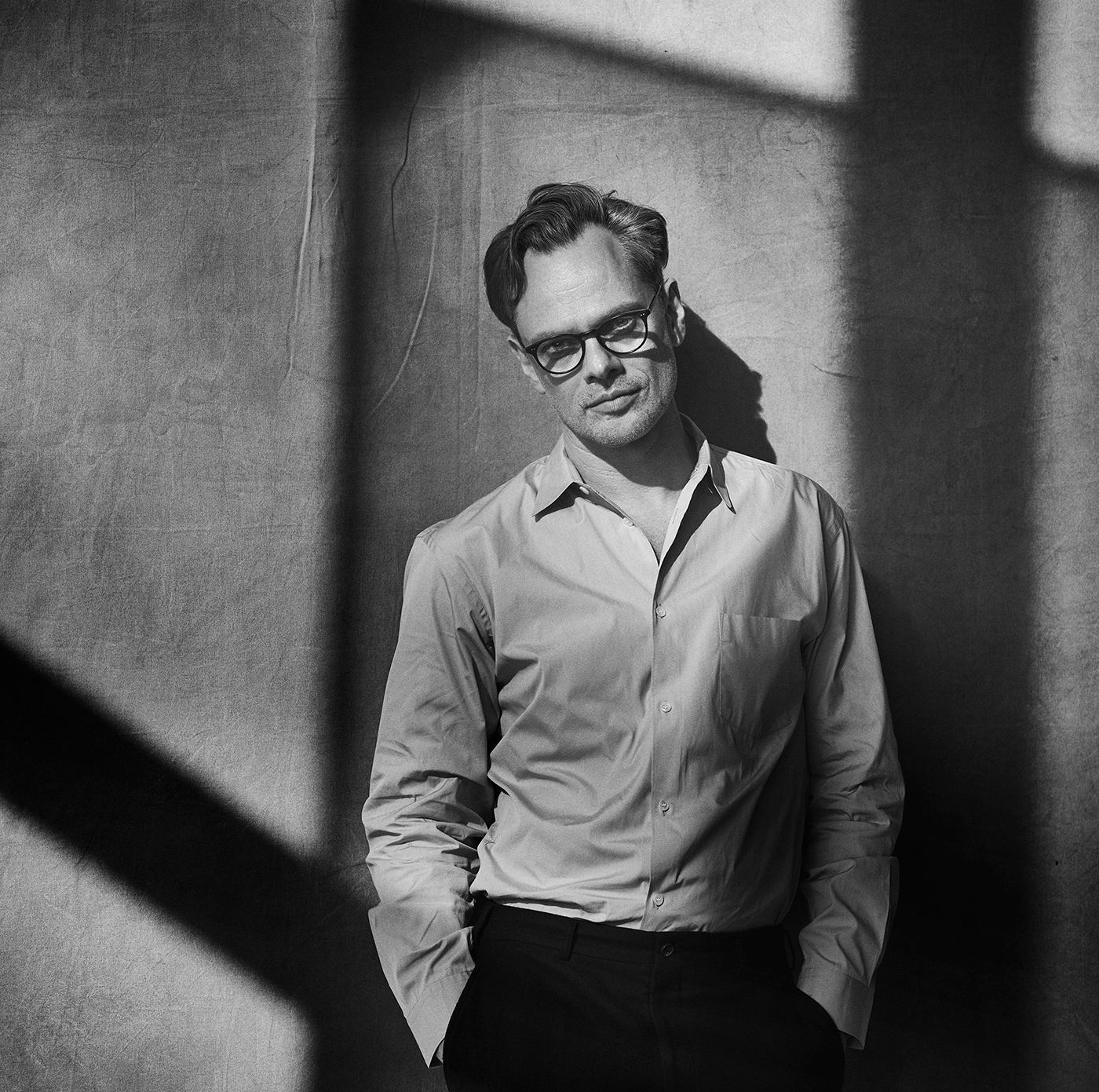'Miles sees a colour-coordinated, graphically pure, hard-edged reality.'
- David Lynch
Miles Aldridge (b. 1964, London) is a British artist whose vividly saturated, psychologically charged photographs occupy a distinctive space between cinema, painting, and fashion. Drawing on references from film noir, Pop Art, and religious iconography, Aldridge constructs meticulously staged mise-en-scènes that explore themes of the false promise of luxury and the assorted fictions of modern life. These glamorous, frequently eroticised images probe society’s idealised notions of domestic bliss, where sinister undercurrents swirl beneath a flawless surface.
Aldridge studied illustration at Central Saint Martins before beginning his career as an artist, who to this day remains one of the few photographers still shooting on film — developing a highly recognisable visual language rooted in analogue processes, saturated colour, and pre-visualised composition. His creative output encompasses large-scale C-type prints, Polaroids, screenprints, photogravures, and drawings.
Each new photographic narrative is developed by rendering his initial thoughts in ink or pencil sketches. These drawings and storyboards are an essential early stage in his creative process. He believes that ‘fiction and theatricality can be more truthful than documenting reality’ and translates his sketches into meticulously arranged compositions to create images reminiscent of film stills: frames snatched from a broader story. Aldridge notes that many of his favourite moments in cinema are, as he describes, ‘closeups of a woman’s face thinking’, and he shares Hitchcock’s ability to create powerful moments of suspense, turning viewers into voyeurs.
Aldridge has worked extensively with leading international publications such as Vogue Italia, The New York Times, Numéro, The New Yorker, The Face, Vanity Fair, and, in 2024, photographed Elton John for TIME magazine’s “Icon of the Year” cover. Other notable portraits include Viola Davis, Michelle Yeoh, Maisie Williams, Sophie Turner, Donatella Versace, Michael Fassbender, and David Lynch. He has collaborated with artists such as Maurizio Cattelan, Gilbert & George, and Harland Miller. In 2025, he partnered again with Cattelan on ToiletMiles PaperAldridge, a special edition of ToiletPaper Magazine dedicated to his cinematic vision.
Major institutional exhibitions include Virgin Mary. Supermarkets. Popcorn. at Fotografiska (New York, Stockholm, and Berlin), I Only Want You to Love Me at Somerset House (London), and Miles Aldridge Colour Pictures 2000 – 2022 at Hangaram Design Museum (Seoul). Aldridge’s work is held in the permanent collections of The V&A, The National Portrait Gallery, The British Museum, ICP New York, Palais Galliera Musée de la Mode de la Ville de Paris, and Fondation Carmignac, among others.

Portrait by Peter Lindbergh
